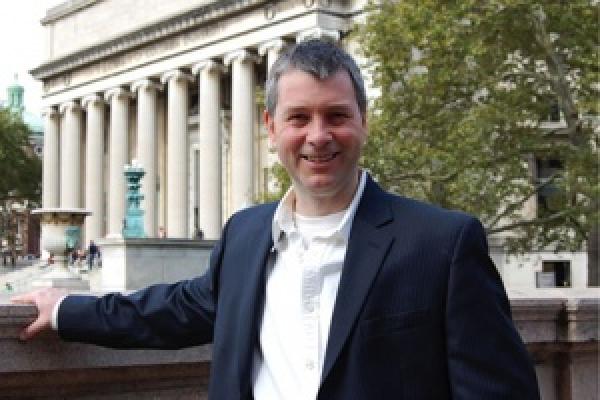
Artificial van der Waals heterostructures of two-dimensional materials offer the possibility of creating layered structures with a wide variety of starting materials and control of composition at the single atomic layer limit. To create such structures, developed a van der Waals transfer technique which largely eliminates interfacial contamination. We have used this technique to encapsulate 2D materials within crystalline h-BN with nearly perfect interfaces, which allows for near-intrinsic behavior in materials such as graphene, transition metal dichalcogenides semiconductors, and 2D superconductors. However, significant challenges toward functional heterostructures remain. This talk will detail our recent progress in the materials engineering for van der Waals heterostructures, including control over disorder, achieving robust electrical contacts, controlling interlayer rotation angle, and improving the quality of the constituent materials.
